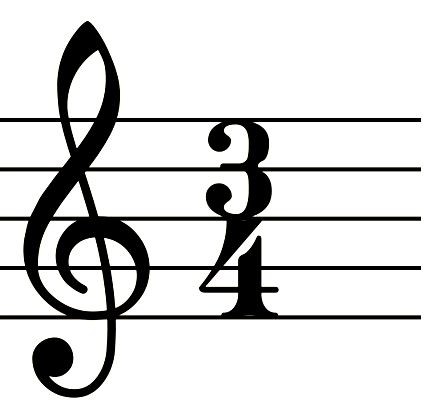
Breathe in. Breathe out. In. Out.
Thankfully, breathing’s an automatic bodily function. It just happens. We don’t have to think about it.
That’s not the case with voice-overs.
Catch your breath
Finding the natural rhythm and breath points in a piece of copy are major keys to a natural sounding read. Ideally, you shouldn’t have to parse copy to find its rhythm.
Finding that natural rhythm in voiceover copy would be a lot easier if all voice over scripts were written for the ear, with attention given to how people naturally speak. The result would be a lot more one-take recording sessions. Since so much copy for voice-over is not written for the ear, it’s a good idea to locate and identify the most natural phrasing and breath points in the copy before you record it.
In conversation, we speak in “thought groups.” Our brains formulate chunks of speech, as we think about what we’re trying to say. Those chunks are very often separated by vocal tics, e.g., “uh,” “um,” “well,” and other verbal place holders. We use these little non sequiturs to buy time for our minds to generate subsequent thoughts or thought groups as we talk.
You can use this “thought groups” concept to locate the natural phrasing and breath points in a piece of copy. A good example of where thought groups can be helpful is long-form scripts that contain long technical explanations that were written for the eye…not the ear. Finding the natural rhythm in voiceover copy for medical, industrial, eLearning, and other long-form narrations will help listeners comprehend it more readily.
Talk the talk
It’s not particularly difficult to find the “thought groups” in a piece of copy not written for the ear. Just “talk” the copy. In other words, read it in the most conversational manner possible, as if it were coming right off the top of your head. Don’t be concerned with perfect diction or being error-free in your read.
Very often, as you talk the copy, you’ll find yourself pausing in places absent of punctuation. Places where you might say “um” or “well.” Make a slash in pencil at the point of each natural pause. Next, go back through the copy using those slashes as natural breaks or breath points. You’ll probably find that each slash is in the right place for a breath or pause, regardless of the copywriter’s original punctuation . This technique is especially helpful in long-form copy, for example, medical or scientific scripts, which very often contain long, complex sentences. Talking the copy can help you find breath points in fast-paced hard sell copy, too.
It’s only natural
By talking the copy first you overcome a tendency to “announce” a piece of copy. By talking the copy, you can discover a more natural person-to-person feel for what you’re communicating. Less announcing, more conversation.
Approach copy with an eye and ear toward determining its natural thought groups. You’ll find your voice-overs will be smoother, with better breath control.
© Peter Drew, 2021
Next article: Nasal Irrigation: Clearing the Way to Better Voiceovers
